
Macrolepiota procera
Lets take a look at the Parasol Mushroom, a wonderful and delightful edible mushroom to include in our everyday dishes.. Parasol Mushroom (Macrolepiota Procera) Identification By fez on 14/12/2021. Parasol Mushroom / Summer / Autumn / Edible. George Chernilevsky, Public domain, via Wikimedia Commons.

Macrolepiota procera recetas Actualizado noviembre 2023
The Parasol, Macrolepiota procera. A great tasting, easy to identify mushroom that is large enough to spot from afar. Watch our videos on YouTube Please note that each and every mushroom you come across may vary in appearance to these photos. Cap Tan. Round and bulbous when young even when the mushroom is up to 20 cm high.

Macrolepiota procera The Ultimate Mushroom Guide
The Macrolepiota procera, commonly known as the parasol mushroom, is a fascinating edible mushroom that has captured the attention of mushroom enthusiasts and chefs alike. This distinctive mushroom belongs to the basidiomycete fungus family and is characterized by its large, umbrella-shaped cap. If you're interested in mushroom identification or exploring the culinary potential of edible

Parasolzwam The parasol mushroom (Macrolepiota procera) is… Flickr
Macrolepiota procera, the Parasol Mushroom, is a choice edible species found on roadside verges, in neglected pastureland and on grassy seaside cliffs in summer and autumn. Distribution Frequent in southern Britain and Ireland, Parasols are less common in northern England and Scotland except for sheltered coastal locations.

These look like Macrolepiota procera to me? r/ShroomID
Macrolepiota procera Mushroom Look-Alikes; Macrolepiota procera Taxonomy and Etymology; Important Mushroom Background Information. Macrolepiota procera is a spectacularly large, distinctive, pale brownish mushroom that has a scaly cap, white gills, and a pale brownish stem with a snakeskin pattern and ring. It grows solitary, scattered, or.

These look like Macrolepiota procera to me? r/ShroomID
The Parasol mushroom starts out looking something like a drumstick, before the initially egg-shaped cap opens up to a maximum size of around a foot across (typically between 10-30cm) when fully grown. The stem extends to around 15-30cm and, ranging between 1-3cm in width, it is relatively thin. It is also hollow, fibrous, flecked with brown-to.

Photo Macrolepiota procera
Macrolepiota procera, the parasol mushroom, is a basidiomycete fungus with a large, prominent fruiting body resembling a parasol. It is a fairly common species on well-drained soils. It is found solitary or in groups and fairy rings in pastures and occasionally in woodland. Globally, it is widespread in temperate regions . Taxonomy
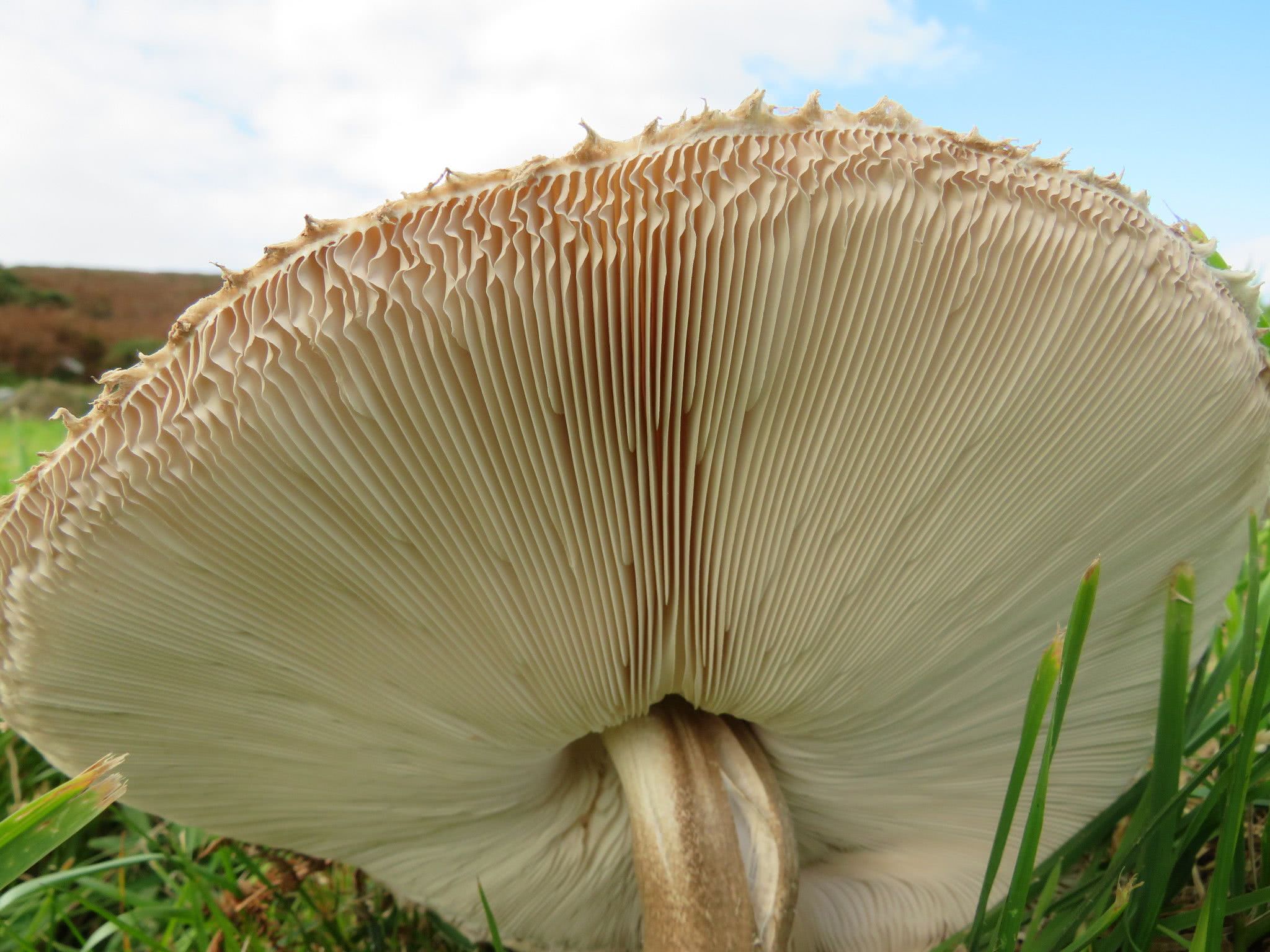
Macrolepiota procera The Ultimate Mushroom Guide
The parasol mushroom ( Macrolepiota procera) is a basidiomycete fungus with a large, prominent fruiting body resembling a parasol. It is a fairly common species on well-drained soils. It is found solitary or in groups and fairy rings in pastures and occasionally in woodland. Globally, it is widespread in temperate regions. Macrolepiota procera 6

Macrolepiota procera (Scop.) Singer საქართველოს სოკოებისა და ლიქენების ეთნობიოლოგია
Spore color: Grayish green. Edibility: generally toxic. Habitat: Eats dead plant matter. Fruits from the ground in grassy areas either singly or in groups or even rings. This species often grabs attention for growing in rings [i]. Such rings occur when the fungus, growing underground, expands outward while dying in the middle.

Parasol Mushroom Identification, Macrolepiota procera YouTube
Parasol Mushroom gills and margin close up. M. procera spores 1000x. This compares the Parasol Mushroom on the left with an amanita on the right that may be collected by mistake. Parasols have attached regular patterned brown scales on the cap, a central knob and a patterned stem. They are not any shade of yellow.
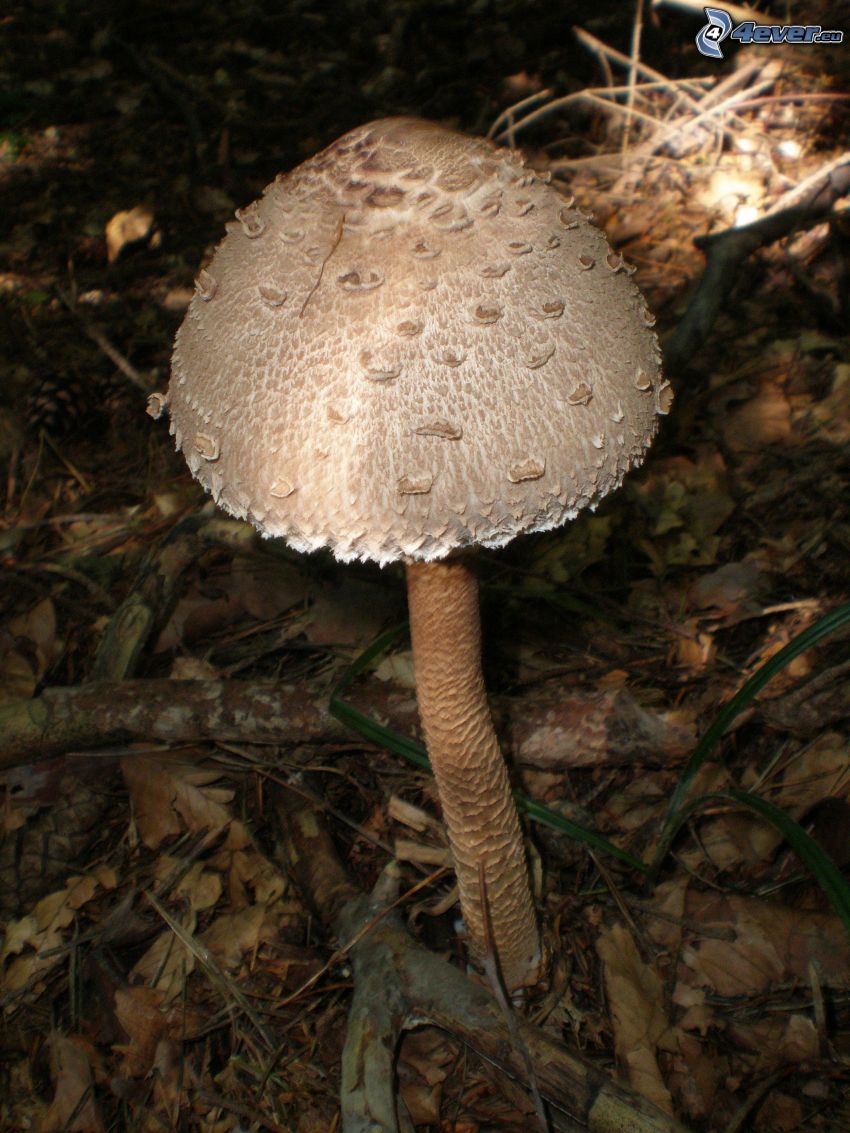
Macrolepiota procera
Macrolepiota procera can be differentiated from C. rhacodes by a brown and white serpentine pattern that appears on its stalk. Furthermore, specimens of M. procera are often larger than C. Rhacodes. Mushrooms from the poisonous genus of Lepiota may also be mixed up with Chlorophyllum rhacodes.
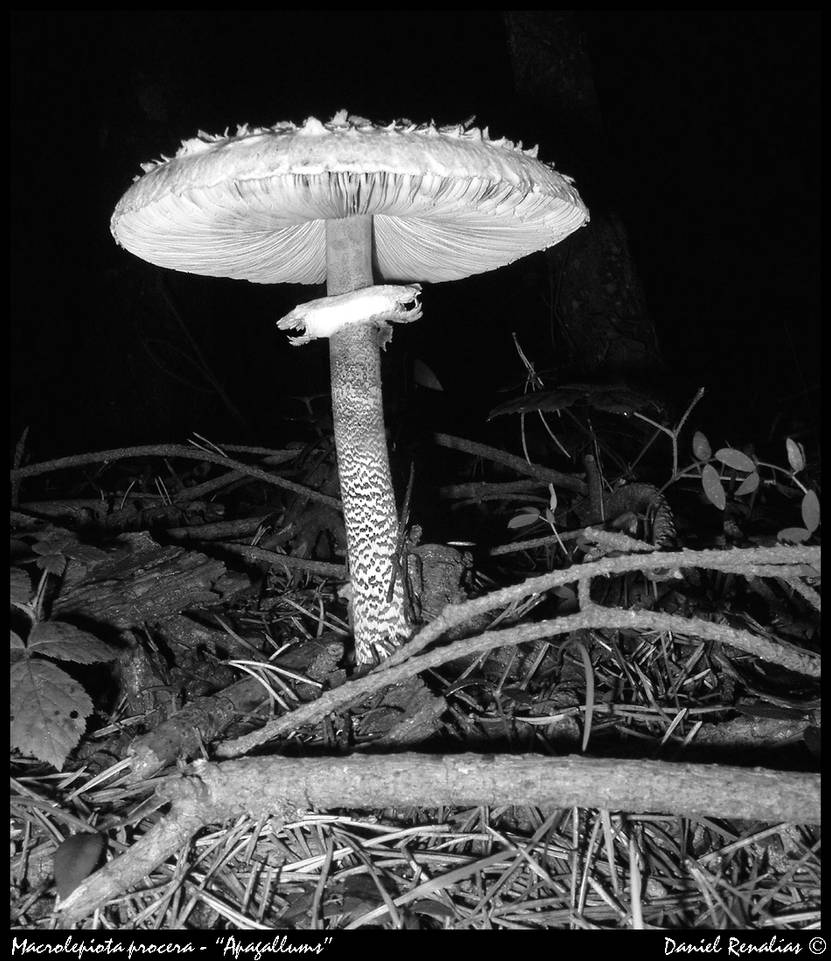
Macrolepiota procera by MushroomHunters on DeviantArt
They look incredibly similar to the true Parasol Mushroom ( Macrolepiota procera) and Shaggy Parasol Mushroom ( Chlorophyllum rhacodes ), both of which are excellent edible species. They look very similar to Shaggy Mane mushrooms ( Coprinus comatus), which are an edible species.

Parasol mushrooms (Macrolepiota procera / Lepiota procera) in Stock Photo, Royalty Free Image
Mushroom pate. Use 2 complete caps. This is delicious and simple to make. Chop the mushrooms small and cook them in a little oil. If you prefer to use water, then cook them gently for 10 minutes on a low heat and save the liquid to add to the mix when whizzing in a food processor.

Macrolepiota procera The Ultimate Mushroom Guide
Macrolepiota procera Look-Alikes Macrolepiota procera Taxonomy and Etymology What You Should Know Macrolepiota procera is a spectacularly large, distinctive, pale brownish mushroom that has a scaly cap, white gills, and a pale brownish stem with a snakeskin pattern and ring.
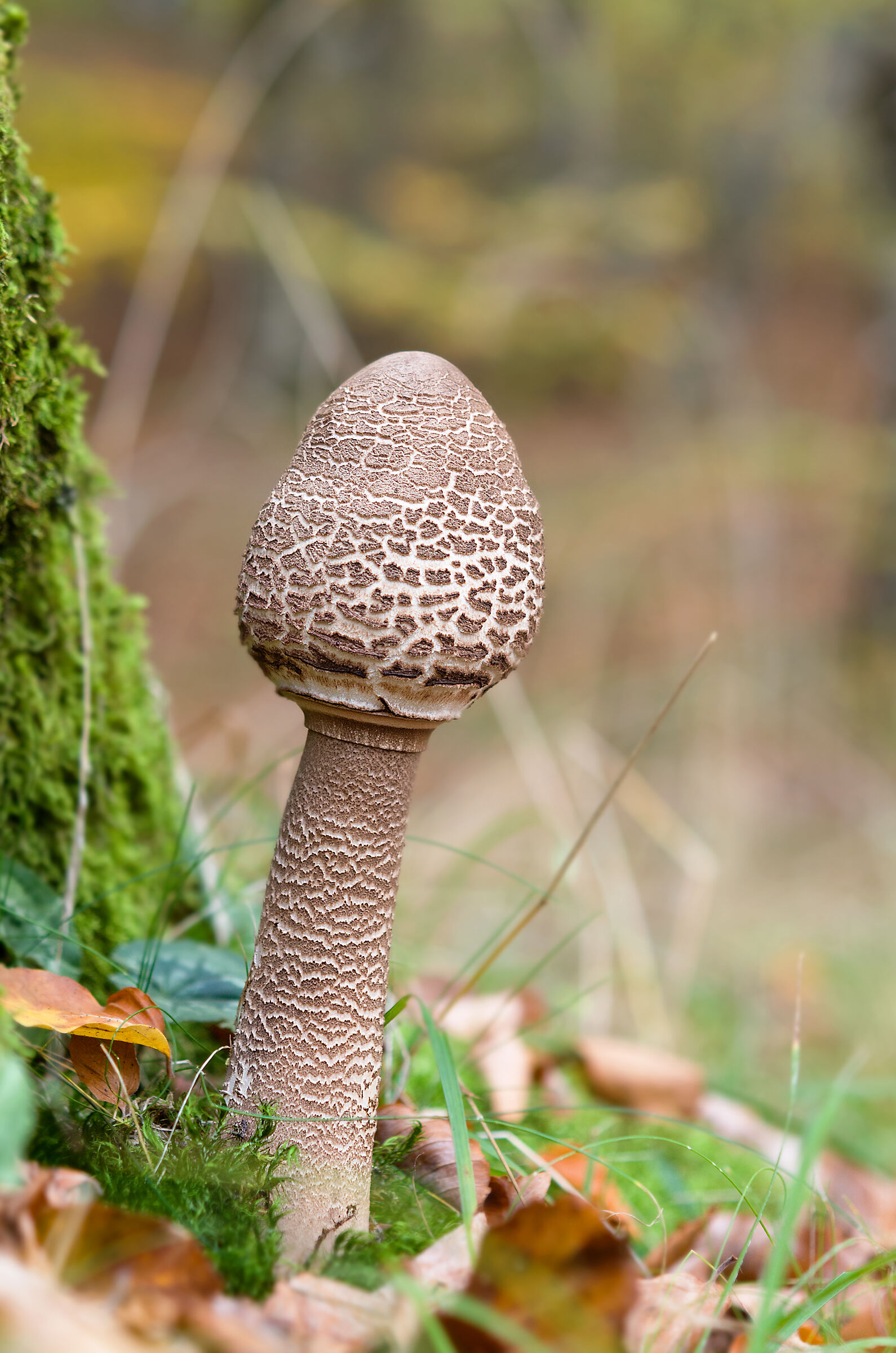
Macrolepiota procera JuzaPhoto
What You Should Know Chlorophyllum rhacodes, also known as the shaggy parasol or the shaggy mane mushroom, is a large, edible mushroom. Chlorophyllum rhacodes has a distinctive appearance with a large, umbrella-shaped cap that can reach up to 30cm (12 inches) in diameter when fully mature.
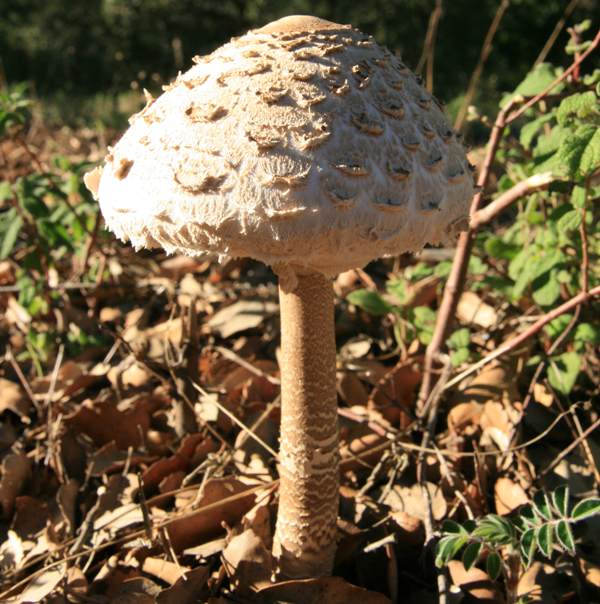
Macrolepiota procera, Parasol Mushroom, identification
The parasol mushroom, Macrolepiota procera[i], is a favorite edible species in the British Isles and in Europe, due to its excellent taste, large size (some caps are a foot across at maturity), and the fact that this species has few European look-alikes.